What is Neuropathic Pain?
Neuropathic pain, also known as nerve pain, is a complex pain state that is typically accompanied by a tissue injury. With nerve pain, the nerve fibers themselves may be irritated or injured. These injuries in the nerves send signals to the spinal cord and brain. The impact of the injured nerve fiber includes a change in the nerve at both the site of injury and surrounding area. Nerve pain has significant effects on quality of life. Common causes of neuropathic pain include neuropathy, shingles, peripheral nerve entrapment, amputation, direct trauma to a nerve, and spine pathologies.
Peripheral Neuropathy
Peripheral neuropathy typically affects the hands and feet of individuals with diabetes. However, neuropathy can also manifest in individuals with a history of alcohol abuse or chemotherapy. In some patients a cause cannot be identified. Most individuals with peripheral neuropathy describe their symptoms as tingling, burning, numbness or loss of sensation. Although there is no cure for neuropathy, many individuals are able to manage their symptoms with neuropathic pain medications. If medications are not effective in managing the symptoms associated with peripheral neuropathy, individuals may consider spinal cord stimulation as a method to reduce the discomfort.
Post Herpetic Neuralgia (Shingles)
Post herpetic neuralgia, a complication of shingles, occurs as a result of the herpes zoster virus. The virus causes injury to nerve fibers in the nervous system and typically manifests along the course of a nerve root. Anyone who has had chickenpox in the past can develop shingles; however, the virus generally affects older individuals over the age of sixty. Shingles can cause severe pain in the distribution of a nerve root and is often accompanied by an itchy rash.
The pain associated with the virus is typically treated with tricyclic antidepressants, anticonvulsants such as gabapentin, or topical anesthetics such as lidocaine cream or patches.
Peripheral Nerve Entrapment
Peripheral nerve entrapment occurs when nerves become compressed. The most common symptoms include pain, tingling, numbness, and muscle weakness. Typically, the symptoms affect just one part of the body based on the affected nerve. Typical forms of peripheral nerve entrapment occur with carpal tunnel syndrome (median nerve) and meralgia paresthetica (lateral femoral cutaneous nerve) as a result of repetitive use, compression, or acute injury.
Nerve conduction studies and electromyography are used to diagnose peripheral nerve entrapments. Depending on the affected nerve, various treatments can be considered including physical therapy, minimally invasive interventions, surgical management, and lifestyle modifications. In addition, neuropathic pain medications can assist in managing symptoms.
If pain persists after an extended recovery period following appropriate treatment, neuromodulation techniques including spinal cord stimulation and peripheral nerve stimulation can be employed to modulate the pain.
Amputation and Phantom Pain
Nerves can become injured following an amputation of a limb. In individuals who have had amputated limbs, phantom limb pain may be a detrimental burden to their quality of life. Although there is no specific treatment for phantom pain, physical and occupational therapy, cognitive behavioral therapy, mirror therapy, and medication management are considered.
Typically, if conservative treatment is unsuccessful, neuromodulation techniques can be employed including spinal cord stimulation or dorsal root ganglion stimulation to modulate the pain. A trial is first conducted prior to considering permanent implantation of the device.
Spine pathology
Nerves in the spinal canal may also become compressed and injured based on multiple mechanisms including spinal stenosis (narrowing of the spinal canal) or disc disorders such as a herniation.
Patients with spinal nerve compression typically complain of pain in their arms or legs in certain patterns that correspond to the compressed spinal nerve.
The diagnosis is confirmed using an MRI of the area, typically the lumbar or cervical spines, and is used to provide physicians with a detailed picture of the spine and surrounding nerves and tissues.
Initial treatments often include conservative strategies such as physical therapy or chiropractic care. These treatments may also be employed in conjunction with non-opioid neuropathic pain medications or epidural steroid injections. If pain persists after conservative treatment, spinal surgery and more advanced technologies such as spinal cord stimulation or dorsal root ganglion stimulation may be considered.
Contact form
Or just call (412) 221-7640 and we’ll do everything we can to help.
Across all review platforms
Dr. David Provenzano, a leading expert throughout the nation for treating patients who suffer daily from pain, uses advanced diagnostic techniques to assess the source of the pain and develop a comprehensive and safe treatment approach that can significantly reduce your pain.

